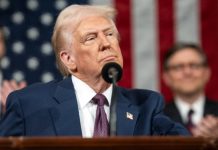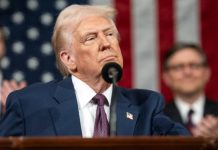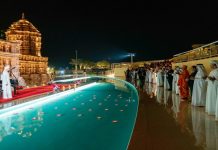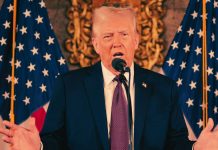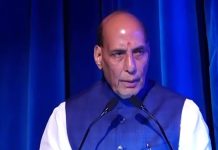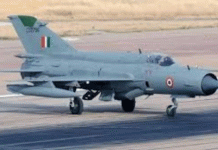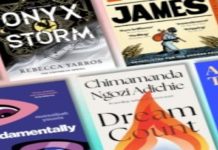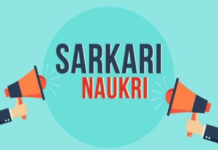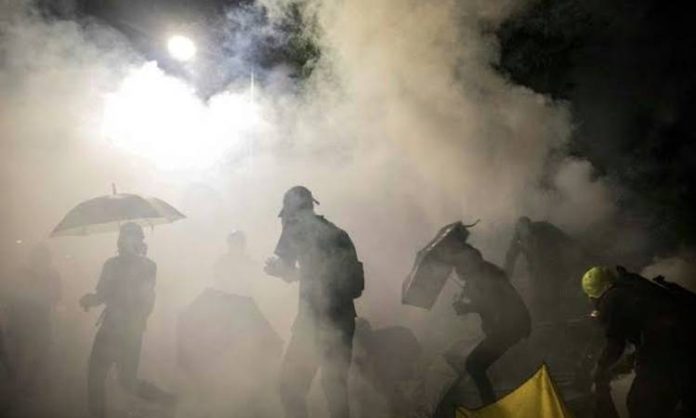Hong Kong, Hong Kong awoke to a third straight day of chaos Wednesday following a night of intense battles between pro-democracy protesters and riot police on a university campus that saw some of the most violent scenes in more than five months of unrest.
Morning commuters were faced with closed metro stations, a suspended rail line and dozens of cancelled bus services a day after police warned that the rule of law in the territory was on “the brink of total collapse”.
On Tuesday, the Chinese University of Hong Kong campus was the epicentre of the protests. The clashes raged well into the night, despite faculty and staff trying to mediate, with flames lighting up the night sky and dense clouds of acrid smoke.
Pitched battles also saw bricks being thrown on the streets of the Central business district and fires lit in shopping malls while tear gas, water canon and rubber bullets were used against protesters who responded with bricks and petrol bombs.
The clashes followed a particularly brutal day on Monday, when police shot a protester and a man was set on fire.
After months of largely confining their most disruptive protests to the weekends, protesters angry at Beijing’s tightening control over Hong Kong have been pushing new tactics targeting the working week.
On Wednesday, road junctions across the city were littered with debris and objects placed by protesters as they heeded overnight calls put out on messaging forums to hit their local neighbourhoods in a bid to keep the police stretched and distracted from the Chinese University campus.
In the district of Mongkok, one of the most regular flashpoint neighbourhoods in recent months, barricades made from debris and bamboo scaffolding could be seen for hundreds of metres, choking one of the city’s main arteries. Pockets of protesters remained out and one man was beaten for taking photos of them.
In many neighbourhoods, main roads were devoid of traffic, trams and buses and locals formed long queues for taxis and buses.
The city’s education authorities said parents could decide whether to send children to school “due to traffic and emergencies”, while some international schools remained closed for a second straight day.
At the Chinese University campus, students held watch through the night, fearing police might return.
Many slept on the campus sports track and in the bleachers. Others played football to pass the time as they took turns manning barricades on a bridge where the main battles earlier that night took place.
A 19-year-old volunteer medic, who gave his first name Marco, said he had lost count of how many students he treated who had been struck by rubber bullets. “Most of the cases I received from the frontline had been shot above their chest,” he told AFP.
In Central, a district that is home to many blue-chip international firms and luxury shops, thousands of office workers occupied roads for hours on Tuesday chanting: “Fight for freedom, stand with Hong Kong!” Hundreds of hardcore protesters threw bricks and other objects before retreating when riot police fired tear gas in the shadows of high-end stores.
The scenes were a vivid illustration of how ordinary people are continuing to back the pro-democracy movement — even as the radicals adopt more violent tactics. Authorities have offered repeated condemnation but been unable or unwilling to find a solution to the crisis.
“Hong Kong’s rule of law has been pushed to the brink of total collapse,” police spokesman Kong Wing-cheung told a press conference on Tuesday as he defended the force against seething public anger.
Protesters, fuelled by Beijing’s tightening control over the city, are demanding a right to freely elect their leaders, as well as an independent inquiry into what they see as police brutality.
But China has steadfastly refused to offer any concessions and has instead warned of even tougher security measures.


